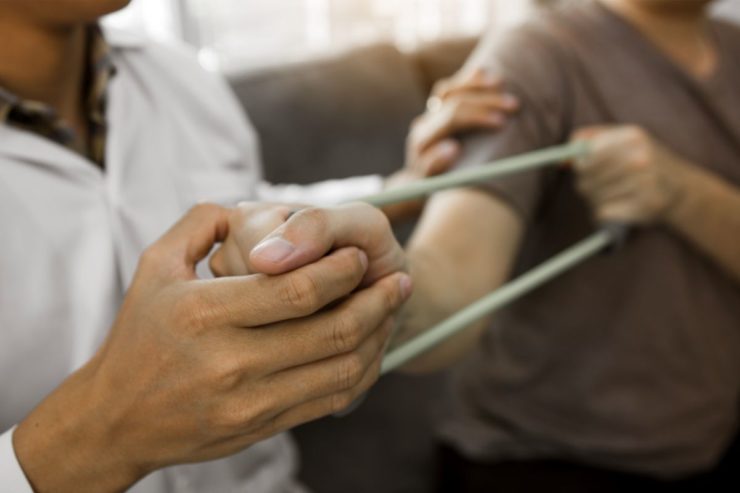The primary role of physical therapy is to regain the painless and comfortable body movement a person was in before an accident or an illness occurred. Additionally, physical therapy is also helpful in relieving simple joint and muscle strains. A physical therapist will design a routine program based on the patient’s condition to achieve these functions. The program’s goal is to restore wellness and quality of life while minimizing accident or illness risk in the future. Therefore a holistic physical therapy program needs to meet specific parameters to be successful and beneficial. Let’s go through some of the components of a good physical therapy program.
Assessment and Examination
At the beginning of the therapy program, the therapist must first assess and examine your condition. The therapists will start by asking you different questions concerning your situation. Through the assessment, the therapist will get a rough idea of the therapy program’s direction. Some of the questions the therapist will ask you include;
- Which part of your body is painful?
- What is the pain level?
- What is your health history?
In the next part, you will be asked to move around for purposes of evaluation. The therapist will evaluate your posture, range of motion, flexibility, coordination, and muscle function when walking around. It is definitely not a pass or fail exam, so you do not need to hide anything. Your physical therapist only wants to know the impact your condition has on your daily life. At this stage, the therapists may palpate and move you through various motions to assess the state of your muscles, tissues, and joints. Therefore a good therapy program must first start with this evaluation to get to the root cause of the problem.
Diagnosis
After a thorough evaluation, the next stage of a quality physical therapy program is diagnosis. Here you will get to know what you are suffering from. It is always suitable for the patient and the therapist to understand what is being treated. Without a diagnosis, then the therapy sessions will be null and may not yield any results.
Diagnosis is also essential since it helps your physical therapist in setting the goals of the program. For example, from a diagnosis, it will be easy to know whether the program’s main objective will be to reduce pain, regain mobility, or restore daily functions. Therefore a therapy program must have the diagnosis component at the beginning so that both you and the therapist can know the path your therapy sessions will take.
During this stage, you can also ask the therapist as many questions as you want concerning the condition. Having insights into the condition also makes the therapy program a success since you will have some insight into what you should and should not do. 
Treatment Plan
A successful physical therapy program must also have a treatment plan; without it, the program can underachieve. Here the therapist has to come up with the best modality to solve your problem. A treatment plan also helps you learn more about your condition and just how far you can stretch your body. The therapist can also help you develop a daily routine that will hasten healing. It is not enough for a therapy program to have a treatment plan; it must also be specific to your condition. Therefore during this stage, the therapist may use some of these activities depending on your need.
Therapeutic modalities. Different techniques such as heat, water, dry needling, or electric stimulation will help you gain strength, mobility, and comfort. These modalities are also used to relieve the patient of pain, reduce swelling, improve blood circulation and achieve flexibility.
Massage and mobilization the treatment plan can also involve hands-on joint and soft tissue massage. The massage can help manage pain, increase mobility and flexibility. The therapist may move your joints and muscles through various stretches to enhance your motion range when massaging.
Physical exercise is also a treatment activity that can be included as part of the plan. Exercise is the foundation of most treatment plans. Depending on what is recommended by a therapist, you will either have to hit the gym or take frequent walks.
You may not have therapy sessions daily, but you can get into a healthy routine that will help with your healing progress with a properly laid out plan.
Conclusion
Healing is a gradual process. The results cannot be seen immediately. But a program with these three components: evaluation, diagnosis, and treatment plan, there will always be notable progress. A therapy program revolves around what you can do; therefore, the program should not be over-ambitious. A manageable program can quickly be followed, and the healing time will also be reasonable. Also note that you do not have to break the bank to access quality physical therapy, in fact with a well thought out program you can avoid unnecessary expenses.













